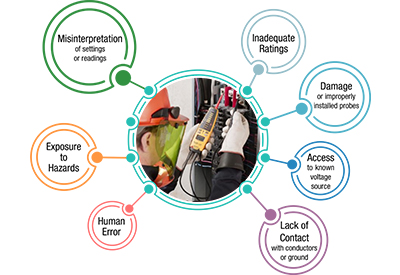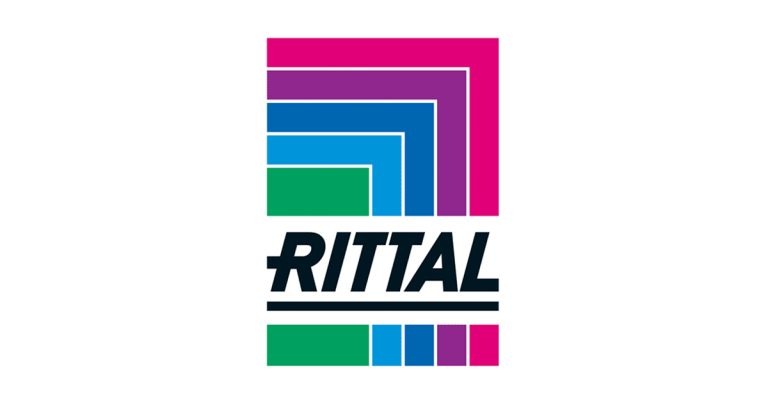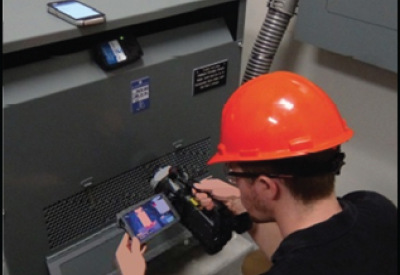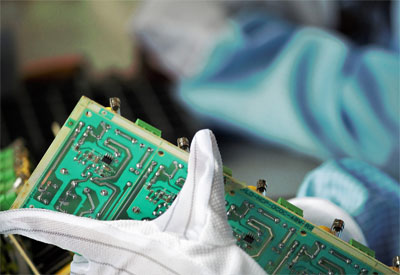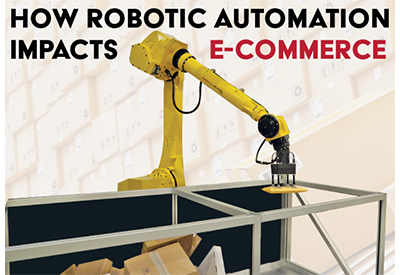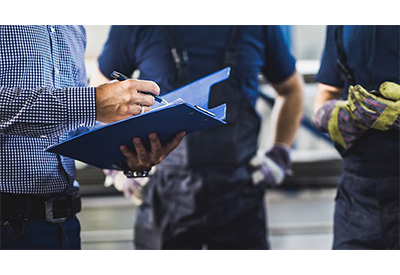Predicting the Future
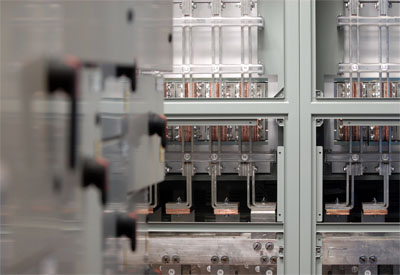
February 5, 2018
In November, the UK Government announced that 2018 would be the Year of Engineering. This coupled with the launch of the Government’s Industrial Strategy and Made Smarter Review has signalled a major vote of confidence in the sector as it pledges to help make the UK a world leader in the Fourth Industrial Revolution by 2030.
With Industrial Digital Technology’s playing such a significant role in the transformation of the sector, what should manufacturers be investing in?
Real applications of virtual reality
Virtual reality (VR), which digitally simulates a product or environment and augmented reality (AR), where the digital product or information is projected on to a real-world background, have traditionally been consumer-focused applications, aimed mostly at gamers.
However, with equipment such as the Microsoft HoloLens now being aimed purely at business applications, this is changing.
Boulting Environmental Services uses virtual reality to provide its clients with a unique opportunity to immerse themselves in their projects, develop designs more clearly prior to beginning construction work and reduce mistakes.
Virtual reality will become prominent during the design of a facility and it could even have applications for building information modelling (BIM). Inputting computer aided design (CAD) files into a VR application can allow the designer, engineer and client move around the product and facility, viewing it under a different light without the need to produce expensive prototypes. VR also has the potential to revolutionise training, particularly when working in hazardous environments. Engineers can explore and mange a range of scenarios without any risk to themselves or equipment.
Maintenance is where augmented reality comes into its own. AR can instantly provide important information to maintenance engineers wearing AR headsets, while allowing them to keep their hands free.
For example, when combined with remote monitoring and dashboard user interfaces, the status of a drive or motor control centre can be visualised next to the system in question. This type of technology is already being employed by companies with multiple sites, allowing for the comparison of key performance indicators (KPIs) between plants, learning from one-another to improve process efficiency and asset lifespan.
Similarly, when combined with a risk based maintenance schedule such as Boulting’s BRISK, each piece of machinery can be colour coded according to the risk it poses to the plant.
The rise of artificial intelligence
Machine learning is a concept that has been around for decades, where the computer doesn’t rely on rule-based programming, but instead operates using algorithms that can adapt and learn from data.
Closely related to this is artificial intelligence (AI), a branch of computer science aiming to build machines capable of intelligent behaviour.
One of the major benefits of AI is advanced data analysis, where data is collected, stored and analysed automatically.
Dependant on the results of the analysis, processes can be automatically altered, increasing productivity, reducing costs or even preventing production downtime. Combined with trend prediction and predictive maintenance schemes, efficiency and yield rates can be greatly increased across a manufacturing plant.
Smarten up your factory
Legacy systems were traditionally designed to operate in isolation and are often unable to connect to the wider network and the internet. However, since the advent of Industry 4.0, many plant managers are keen to connect systems and take advantage of the benefits of the Industrial Internet of Things (IIoT), including enhanced data collection, interpretation and use. The answer for many is to retrofit their systems to enable IIoT capabilities.
Smart sensors, data analysis systems and connectivity to the IIoT are just some of the benefits promised by the range of retrofitting options on the market.
The popularity of retrofitting existing equipment with these technologies using a maintenance budget is only going to increase. As equipment wears and requires replacement, the best choice for many will be a smart sensing motor or motor control centre which can connect to IIoT.
The introduction of Industry 4.0 technologies has left no stone or industry untouched over the past few years, particularly given recent price drops. 2018 is shaping up to be the year where new and exciting technologies such as VR and AI make their way onto the plant floor, making it truly a factory of the future.

